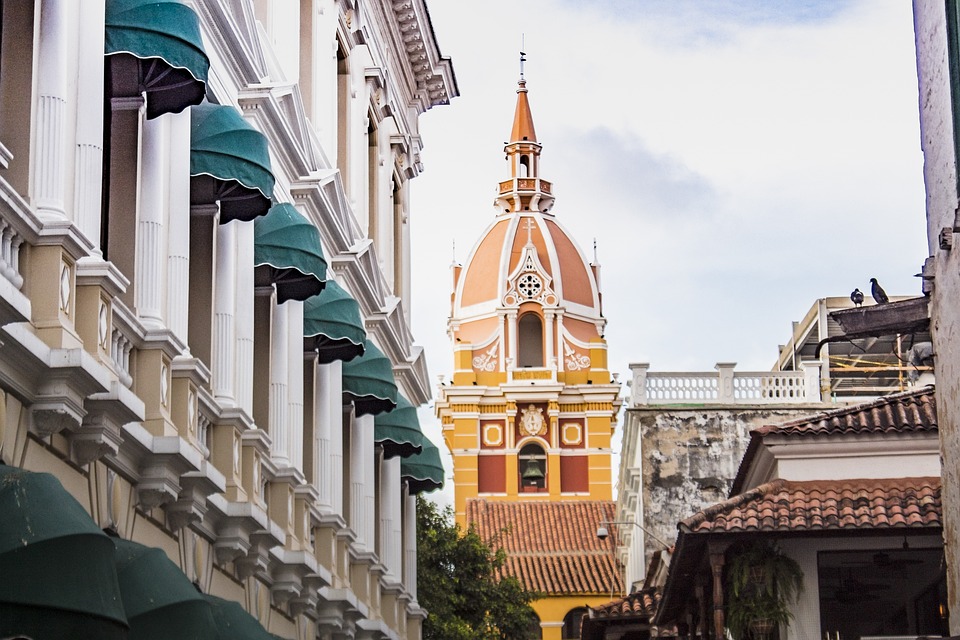Introduction
The Camino de Santiago, also known as the Way of St. James, is a journey that attracts pilgrims from all over the world. This ancient pilgrimage route leads to Santiago de Compostela in northwestern Spain, where the remains of St. James the Great are said to be buried. Walking the Camino is not only a physical challenge but also a transformative experience that allows pilgrims to connect with nature, history, and themselves.
The Route
The Camino has many routes, all leading to Santiago de Compostela. The most popular route is the Camino Francés, which starts in St. Jean Pied de Port in France and stretches for about 790 kilometers. It passes through picturesque towns, rolling hills, and stunning landscapes, providing pilgrims with a diverse and beautiful experience.
Other routes include the Camino del Norte, which follows the northern coast of Spain, and the Camino Portugués, which starts in Lisbon and crosses into Spain. Each route has its own unique charms and challenges, offering pilgrims a variety of options to choose from.
The Pilgrimage Experience
Walking the Camino is not just about reaching the end destination. It is a journey that allows pilgrims to immerse themselves in the customs and traditions of the region. Along the way, pilgrims have the opportunity to stay in albergues (pilgrim hostels), where they can meet fellow travelers and share stories. These communal spaces foster a sense of camaraderie and support among pilgrims, creating lifelong connections.
The Camino is also a spiritual experience for many. Along the route, pilgrims can visit cathedrals, chapels, and other sacred sites. These places offer moments of reflection and provide pilgrims with a chance to connect with their beliefs and find inner peace.
Preparing for the Journey
Walking the Camino requires some preparation. It is essential to have comfortable clothing and sturdy walking shoes to withstand the long distances and varied terrains. Pilgrims should also carry a lightweight backpack with essentials such as a water bottle, sunscreen, a hat, and a first-aid kit.
Training before embarking on the journey is crucial. Pilgrims should gradually increase their walking distance and duration to ensure they are physically prepared for the challenges they will encounter along the way.
FAQs
How long does it take to walk the Camino?
The duration of the Camino de Santiago varies depending on the chosen route and the individual’s pace. On average, it takes about 30-35 days to complete the Camino Francés. However, some pilgrims choose to walk shorter sections or take breaks along the way, extending the duration of their journey.
Where do pilgrims stay along the Camino?
Pilgrims have various accommodation options along the Camino. Albergues are the most popular choice, offering affordable and communal lodging for pilgrims. Private hostels, hotels, and guesthouses are also available along the route. Additionally, some pilgrims choose to camp or utilize hospitality services that provide overnight stays in private homes or monasteries.
Is it necessary to be religious to walk the Camino?
No, walking the Camino does not require any specific religious beliefs. While the route has historical connections to the Catholic faith, many people embark on this journey for non-religious reasons. The Camino welcomes people from all walks of life, allowing them to connect with their spirituality or simply enjoy the physical and cultural aspects of the pilgrimage.
What is the best time to walk the Camino?
The Camino can be walked at any time of the year, depending on personal preferences and weather conditions. The most popular months are between May and October when the weather is generally mild and favorable for walking. However, these months also tend to be busy, so some pilgrims prefer to walk during the less crowded months of April or November.
Is it safe to walk the Camino alone?
Walking the Camino alone is generally considered safe. The route is well-marked, and there are frequently other pilgrims along the way. However, it is always advisable to take necessary precautions, such as informing someone about your travel plans, staying on the designated path, and being aware of your surroundings. It is also recommended to join walking groups or stay connected with fellow pilgrims for added security.
